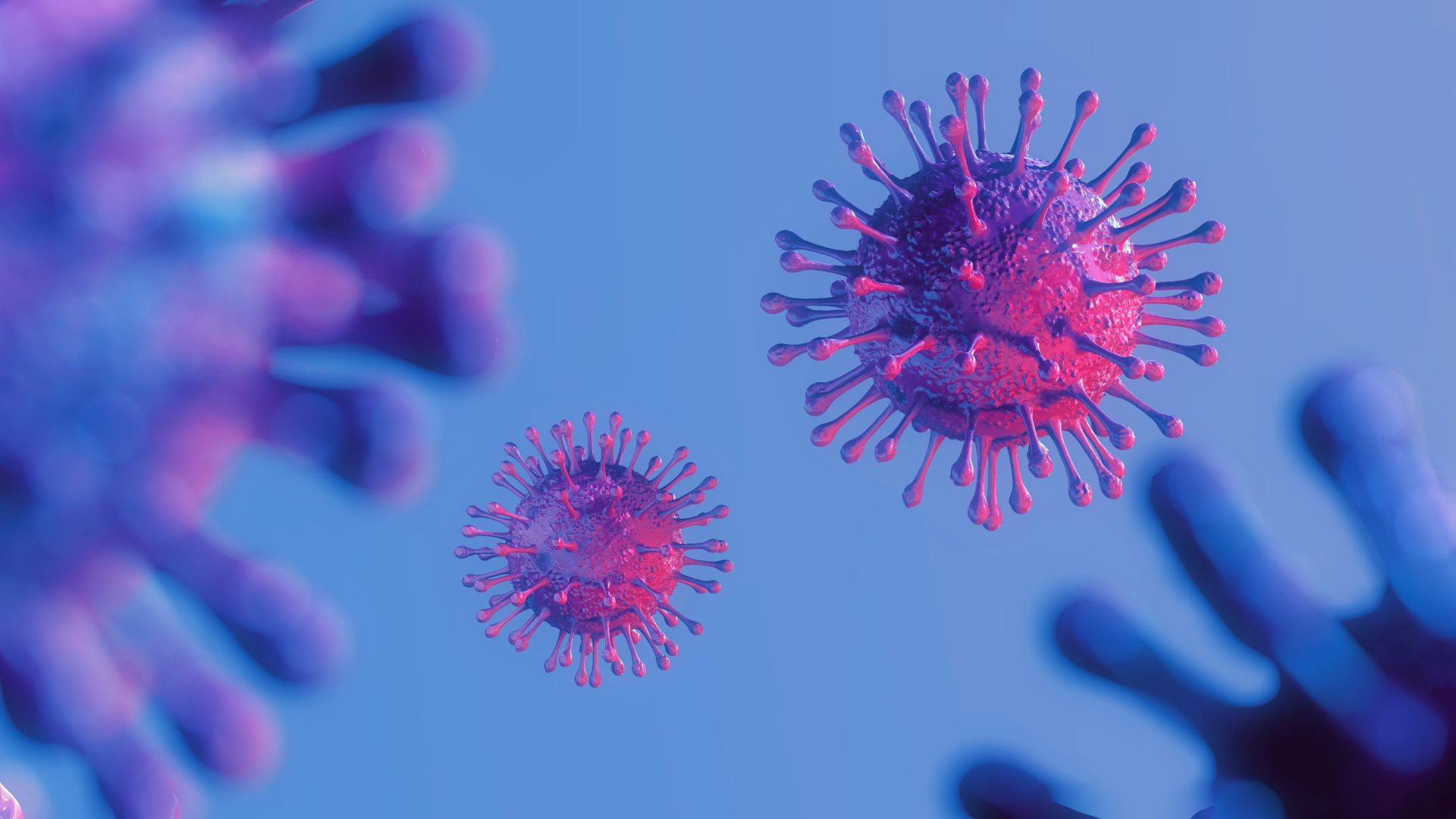

Cracking the Coronavirus Conundrum with AFM Technology
Cracking the Coronavirus Conundrum with AFM Technology
As the world is caught in the grip of the SARS-CoV-2 pandemic, scientists are concentrating their focus and resources on developing a vaccine. To accomplish this complex challenge, they must first acquire the specialist knowledge to understand how the virus behaves, including how, exactly, it spreads from one person to another.
AFM Technology and Corona
The more detailed and accurate this knowledge, the more likely scientists will discover the best and fastest route to its prevention.
Antiviral drugs in today’s market work primarily by stopping viral replication within a cell. Understanding how specifically SARS-CoV-2 enters host cells could advance research on drugs and contribute to a breakthrough in developing an effective vaccine against the virus.
Researchers across the globe are using our key technologies to help crack the coronavirus conundrum. One team of researchers from Louvain Institute of Biomolecular Science and Technology, Belgium, has used our atomic force microscope (AFM) technology — the BioScope Resolve AFM, cantilever and probes — to investigate the entry of SARS-CoV-2 into host cells.
Bruker Nano’s BioAFM provides exceptionally high imaging of many types of biological samples, including bacteria, viruses and molecules, from a single cell down to a single molecule. Researchers can use the device to study mechanical and chemical interactions. The technology also provides opportunities for scientists to study molecular binding events in real time under near-physiological conditions.
By now, we all have become familiar with how this particular coronavirus looks, as its image assaults us on a daily basis via news updates and public safety advertisements. The spikes (S‑glycoproteins) protruding from the enveloped virus effectively act as a ‘key’ to gain entry into the human body via host cells — angiotensin-converting enzyme 2 (ACE2), which is a receptor protein on the surfaces of respiratory cells and behaves as the ‘lock’ into which the ‘key’ fits. Once the key finds the lock, the virus gains entry and attempts to take over.
Although there has been some research into how the virus enters hosts, there has been little evidence of how the S-glycoproteins (or spikes) bind to the receptors at the single-molecule level. For this particular investigation, the researchers used BioAFM technology to analyze the biophysical properties of the virus’s S-glycoprotein binding to the ACE2 receptors.
This research represents the first time that SARS-CoV-2 has been investigated in this way. Study results could open up new perspectives in the treatment of the SARS-CoV-2 infections. Unlike current antiviral vaccines, a drug that targets viral entry would represent new territory in the global fight against COVID-19.